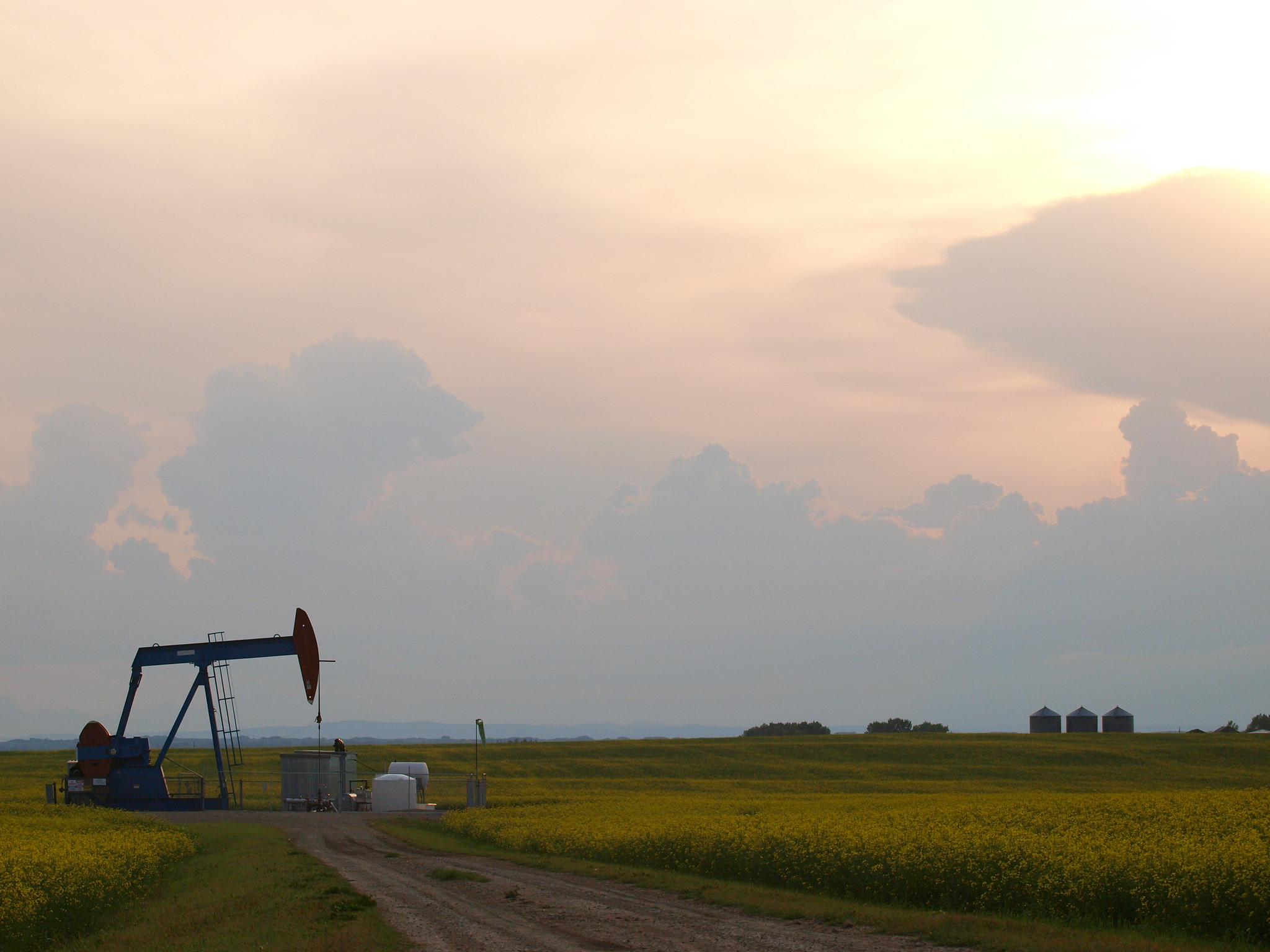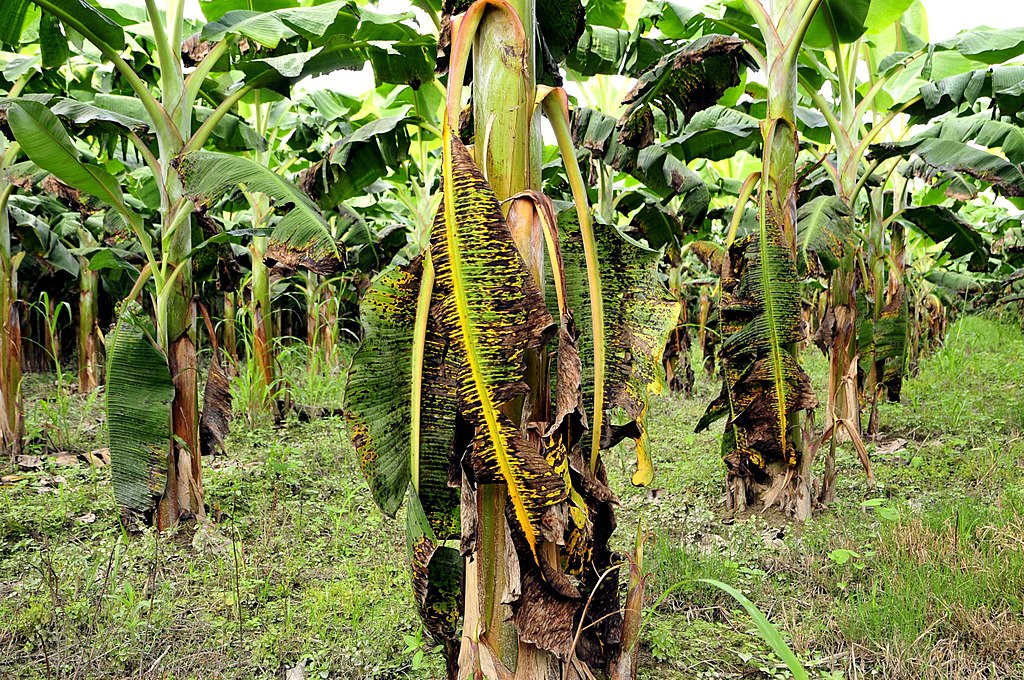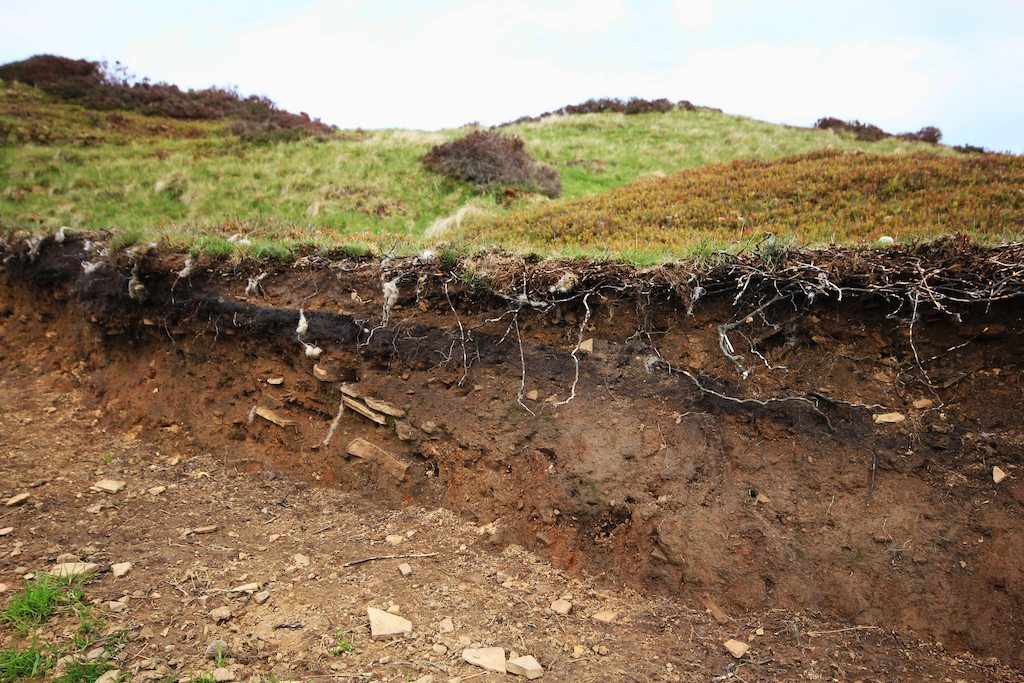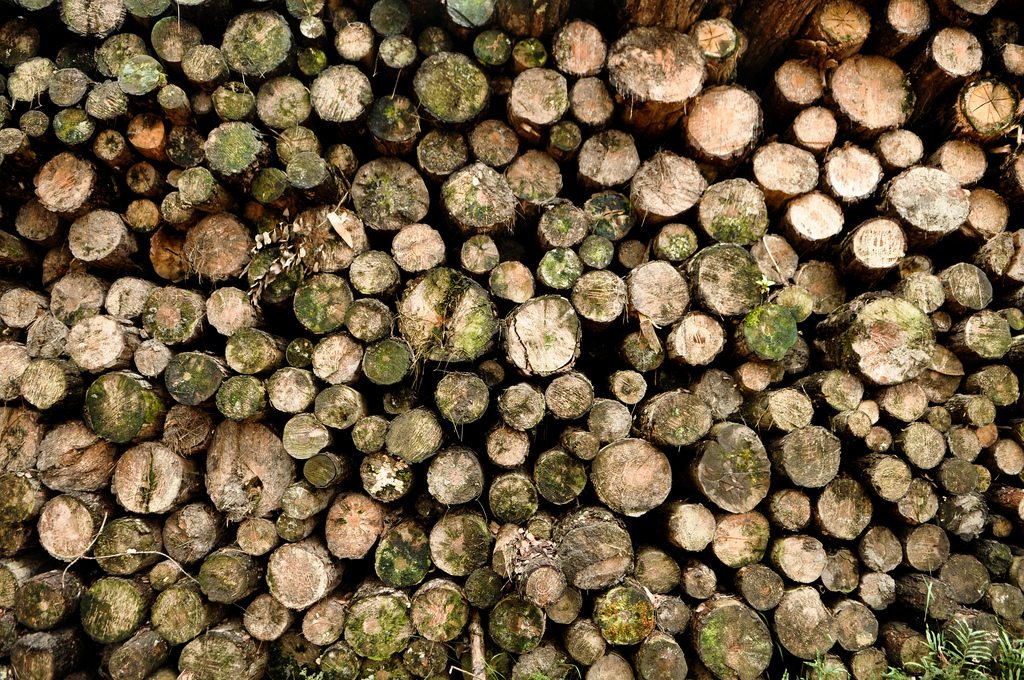On Thursday, the Intergovernmental Panel on Climate Change (IPCC)—a global group of scientists convened by the United Nations to study our shifting climate—released a much-anticipated special report on climate change and land. In it, the panel concluded that cutting emissions from major polluters like factories and power plants won’t be enough to keep global warming below two degrees Celsius. Land use and food systems have to change, too. And our current land use practices are making problems worse.
The report found that food production (including post-harvest activities like transportation) accounts for between 21 and 37 percent of greenhouse gas emissions caused by humans.
The scientists emphasize the need to manage land better if we want it to stay productive under increasingly harsh conditions. That means dramatically shifting the way we think about soil health, managing fertilizer inputs, water usage, and handling manure from livestock. They also recommend diversifying cropland, reducing food waste and transitioning to vegetarian or vegan diets.
The report also found that methane emissions are again on the rise after a no-growth period between 1999 and 2006. Methane is a particularly potent greenhouse gas, and cows and global rice production are largely responsible for the increased emissions. Nitrogen-based fertilizers and cow manure, too, are huge polluters.
This is the second of three IPCC reports commissioned by world leaders under the Paris climate agreement. The first report, released in 2018, found that a temperature increase of 1.5 degrees Celsius would have more dramatic impacts than previously reported. The third report, on the changing climate’s effect on the oceans and the cryosphere, is due out in September.
Perhaps more than anything, this new report highlights the vulnerability of the global food system: With a change of 1.5 degrees Celsius comes a high risk of water scarcity, wildfire damage, melting permafrost, and food supply instability. At 2 degrees Celsius, those issues are further exacerbated. Other climate change-related impacts on land, like desertification, will likely lead to reduced crop and livestock productivity and reduced biodiversity, which can in turn contribute to instability and yield loss.
The report also flags the potential for “cascading risks,” which impact multiple systems, sectors, and regions. NASA scientist Cynthia Rosenzweig told the New York Times that food crises could coincide on several continents at once.
Many of the solutions outlined in the report—farming techniques that prioritize soil health, reforestation—take time. It can take years to rebuild soil that’s healthy enough to withstand a flash flood or a dust storm; a tree can’t start capturing carbon until it’s several years old. In a press release issued by the IPCC, leaders warned that the time to act is now.
The report also notes that, though dramatic improvements in land use are possible, many come with tradeoffs. Growing more crops for energy use (such as corn for ethanol) could further contribute to deforestation. Planting more trees could take agricultural land out of commission and drive food prices up.
In a press conference early Thursday morning, many questions from the media focused on meat consumption. Reporters wanted to know whether scientists on the panel had personally cut back on meat and how much meat consumers should eliminate from their diets.
The panelists were quick to emphasize that they’re not in the business of making dietary recommendations. One or two said they’d reduced personal meat consumption. But perhaps that’s not really the point. The report found that the mitigation potential of dietary changes is a fraction of the size of the mitigation potential of changes in crop and livestock activities. In other words, going vegan can help, but it won’t be enough. “When you look at food systems, there are many actors involved in each solution,” said Valerie Masson-Delmotte, co-chair of the working group. “Putting an emphasis on diversity of services, you can see the mitigation potential.”










